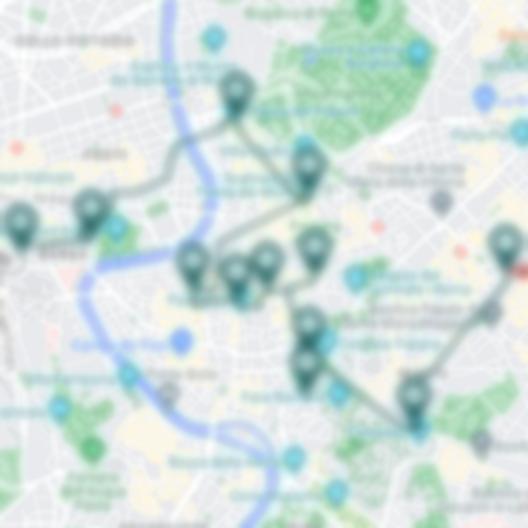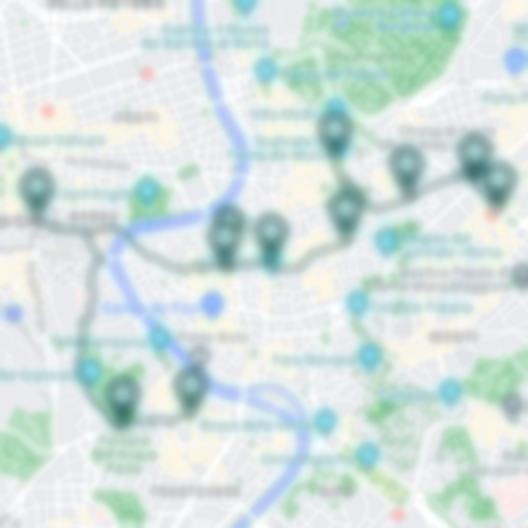One pertinent question, though, concerns money management during your stay, including ATM use. To help you navigate this aspect of your journey, this guide provides a detailed overview of using ATMs in Italy. From locating ATMs to understanding withdrawal fees to making the optimum choice between cash and cards, we have got all your concerns covered. Prepare to gain the knowledge you need to handle your finances seamlessly in the heart of Italy
Finding ATMs in Italy
Finding an Automated Teller Machine (ATM), known as a ‘Bancomat’ in Italy, is quite straightforward. They are conveniently located in numerous places across cities, towns, and even in small villages. Most Bancomats are typically found in banks, airports, shopping malls, railway and metro stations. Some can also be found in busy tourist areas. To help locate one, there are online ATM locators, like VISA or Mastercard ATMs finder, that provide maps and directions to the nearest machines (for Maestro and Mastercard, Visa and American Express).
ATM Fees in Italy
ATM fees in Italy can vary depending on the banking institution and the type of your card. If you’re using an Italian bank card at an Italian bank ATM, withdrawals are typically free. However, for foreign cards, most Italian banks charge a withdrawal fee that ranges between €1 and €5 per transaction. Besides this, your home bank might also charge an international transaction fee, which typically ranges from 1% to 3% of the transaction amount.
Compatibility of Cards in Italy
Most Italian ATMs accept major international card providers like VISA, MasterCard, and American Express. However, it is recommended to check with your home bank about the compatibility of your card in foreign ATMs before your travel.
Avoiding ATM Fees
To dodge hefty ATM fees, consider opening a bank account that does not charge international transaction fees or offers reimbursements for such charges. Another strategy is to withdraw large amounts each time to reduce the frequency of transactions and thereby the accumulation of fees.
ATMs with No Fees
Regrettably, nearly all Italian banks charge some fees to foreign cards. However, these fees can substantially vary, so it’s worth checking your bank’s partner institutions in Italy which might offer lower or no fees.
Recommended ATMs
Most domestic and international banks have ATMs spread across Italy, including UniCredit, Intesa Sanpaolo, BNL, and Banca Sella. These ATMs are generally reliable and offer instructions in English.
Be Wary of Euronet ATMs in Italy
Euronet, a prevalent ATM network through Europe, has positioned its machines conveniently in city centers and tourist hotspots. However, it is important to exercise caution with such ATMs. These Euronet machines have gained a notorious reputation for their substantial usage fees that are higher than the average Italian banks’ charges. Furthermore, Euronet ATMs notoriously ensnare their users with obscure exchange rate margin fees. Subsequently, strategies in dodging these hidden costs will be elaborated on in this guide.
While using ATMs in Italy involves some effort, understanding and preparation will help your transactions go smoothly, allowing you to enjoy your stay in the beautiful country without any financial worries.



Hello, just wanted to mention, I loved this article. It waas practical.
Keep on posting!